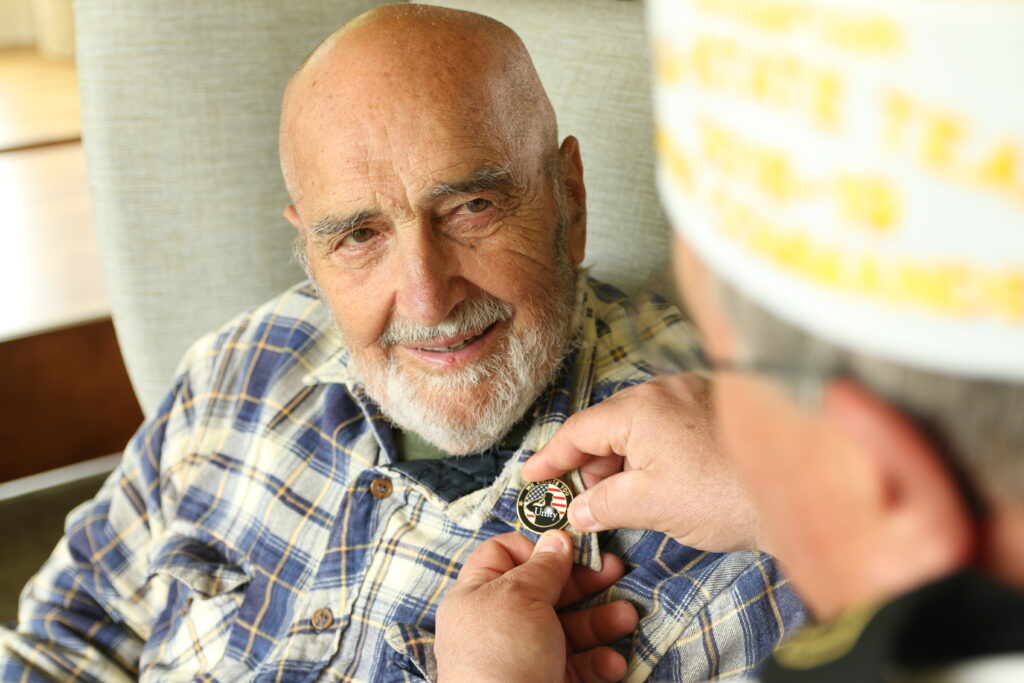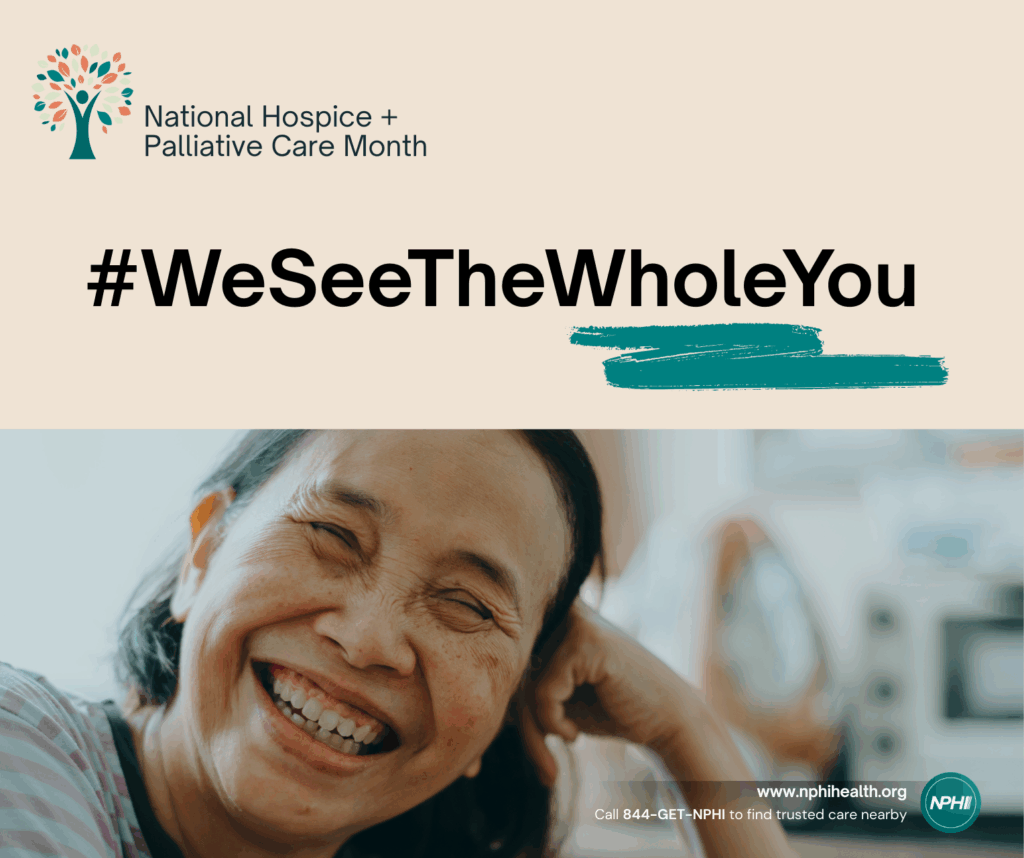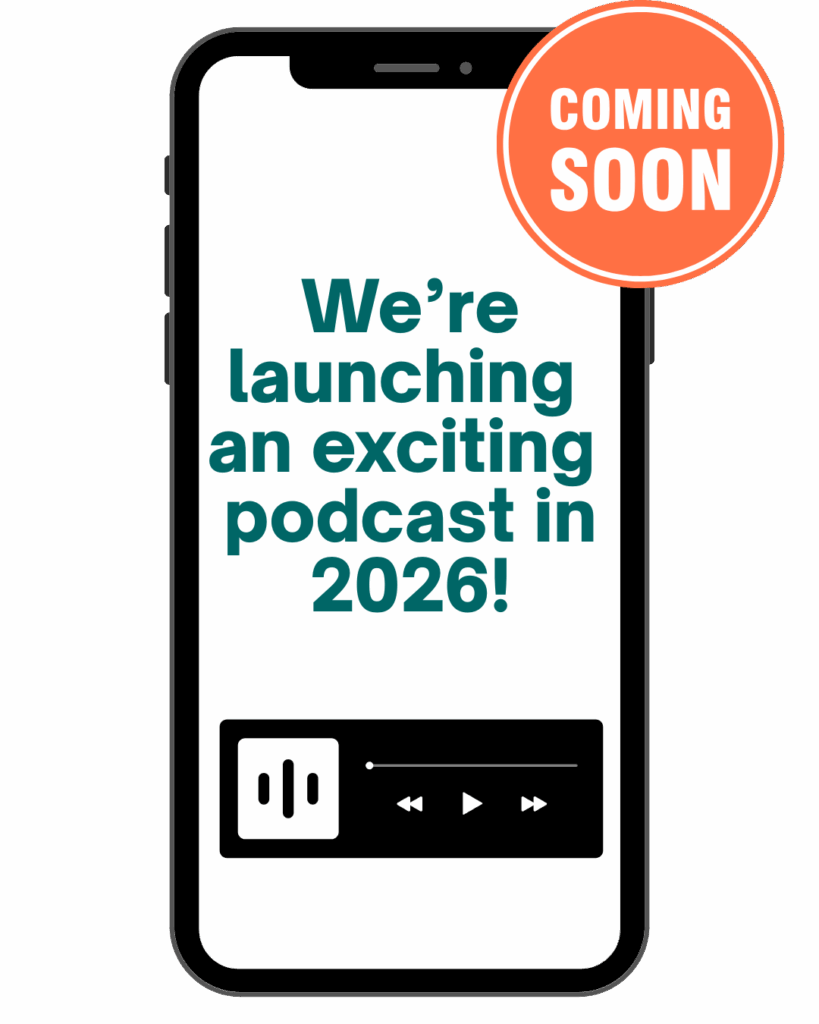Janaury 2019 –NPHI worked in collaboration with LeadingAge and LeadingAge Ohio on this paper that highlights the benefits of the traditional, robust hospice model and point to differences between some newer providers and traditional community-based, nonprofit hospice providers. For example, while utilization of the Medicare Hospice Benefit has increased over time (fewer than half of Medicare decedents were enrolled in the hospice benefit in 2016), the number of beneficiaries who have a short length of stay on hospice is troubling (28% were on hospice for 7 days or less in 2016). Understanding the fundamentals of a robust hospice model informs why these trends cannot be looked at in vacuum. It is also valuable to study the way the hospice benefit is structured and delivered, because it can inform health and long-term services and supports system delivery reforms that have been taking place for the past decade. Hospice was one of the first benefits based on careful care coordination, an interdisciplinary approach and a capitated payment model.
NPHI, LeadingAge, and LeadingAge Ohio Release Paper on Nonprofit Hospice Services
Read more news

NPHI Welcomes Two New Nonprofit Members: St. Anthony’s Hospice and Transitions LifeCare
The National Partnership for Healthcare and Hospice Innovation (NPHI) is proud to welcome two mission-driven nonprofit providers — St. Anthony’s Hospice and Transitions LifeCare —

Serving Those Who Served Us: NPHI Honors Veterans on Veterans Day
With nearly one in ten patients served by NPHI members being veterans, organizations nationwide are honoring their service this Veterans Day through heartfelt ceremonies, activities,

“We See the Whole You”: NPHI Celebrates National Hospice and Palliative Care Month
This November for National Hospice and Palliative Care Month, NPHI honors the nonprofit hospice and healthcare providers who deliver compassionate, person-centered care to patients and
Join our national partnership to make your voice heard.
As a member, you’ll benefit from exclusive advocacy initiatives, cutting-edge resources, and a vibrant network of thousands of colleagues.
Some popular benefits:
- Federal policy & regulatory advocacy
- In-person & virtual meetings
- 25+ specialized groups
- Member Portal & engagement
- Education & leadership opportunities
- Collaborate & sharing expertise
What happens next?
Our team will review your submitted form
We will meet you/your team on a virtual call
If eligibility is met, your program will be invited to join
Complete this form
This form is for new member applicants only.




